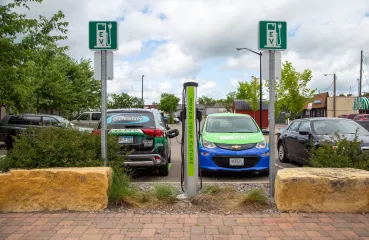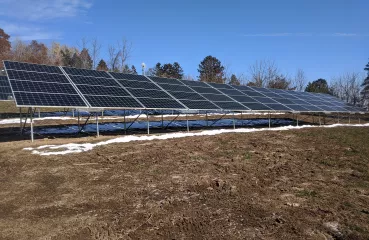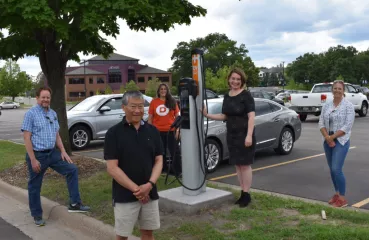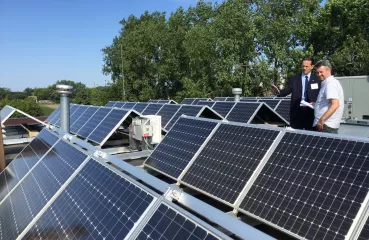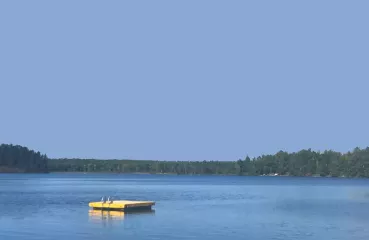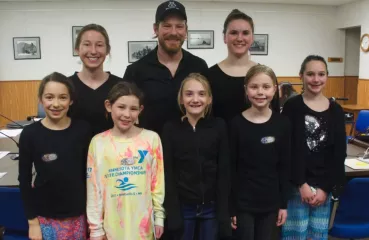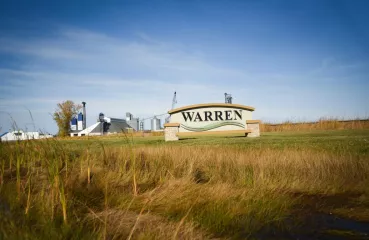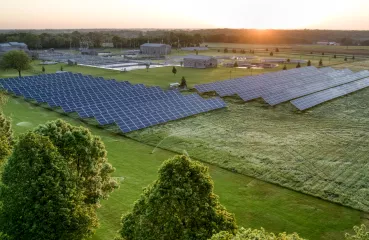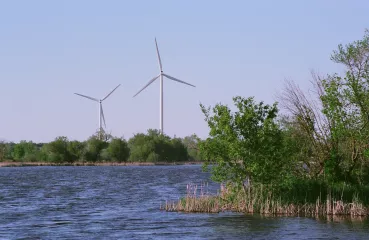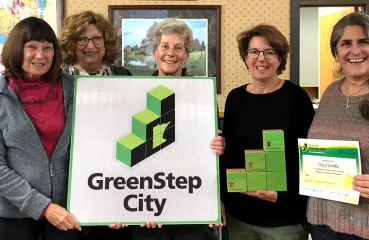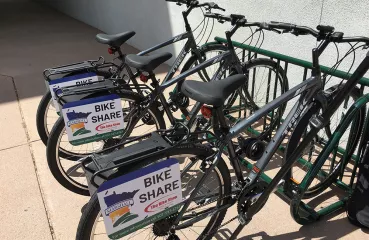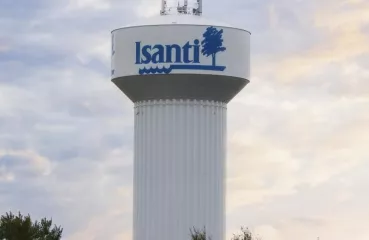Hutchinson was working on sustainability even before joining GreenStep Cities but the program has since helped them complete many more actions that have made them successful in their sustainability goals. Hutchinson’s GreenStep Coordinator, John Paulson, talks about how the city has done benchmarking and energy tracking predating the GreenStep action list. Paulson says that, “being able to see the writing on the wall and being able to initiate that prior to the GreenStep program” is something that they are very proud of.
Since joining the GreenStep Cities program, Hutchinson has been able to put more effort toward their sustainability work. What helps the city is having the program offer tools that quantify and provide resources where they can track measurements that they would not have been able to track before. Paulson says it has been great to have a guide where different metrics being used on an annual basis can illustrate where Hutchinson is sitting relative to other cities.
However, despite the program’s useful framework, not all best practices have been easy to achieve. Hutchinson, being located in the West Central region, lacks the resources that Metro cities have, such as dedicated sustainability staff. The difficulty lies in being able to try and manage all of the levels and steps within the program among different staff across multiple departments who are all playing different roles. “Being able to manage that effectively is a challenge. Being able to do what we’ve done given the fact that we don’t have a full-time sustainability person is a testament to the simplicity of the GreenStep program,” says Paulson.


